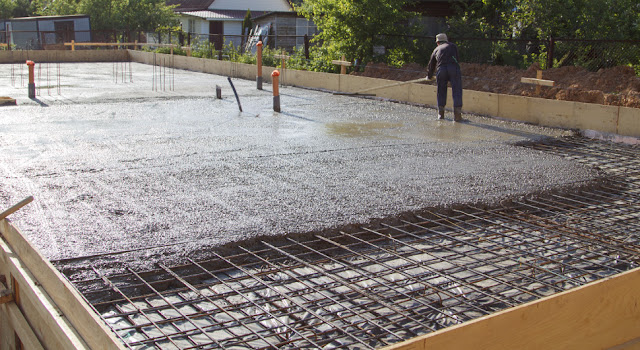How Wire Mesh is Made: A Closer Look at the Manufacturing Process
Wire mesh, a versatile and essential material in various industries, plays a crucial role in providing structural support, filtration, security, and aesthetic appeal. From construction to industrial applications, wire mesh has become an integral part of our daily lives. Have you ever wondered about the intricate process behind the creation of this remarkable material? In this article, we'll delve into the step-by-step process of how wire mesh is made.
Introduction
Wire mesh, also known as wire cloth or wire fabric, is a grid-like arrangement of interlocked wires, creating a uniform pattern with evenly spaced gaps. It finds applications in industries such as construction, agriculture, mining, and even in everyday items like sieves and fences.
Understanding Wire Mesh
Wire mesh consists of parallel wires that are welded or woven together at their intersections. The size of the gaps between the wires, known as the "mesh size," can vary widely, making wire mesh suitable for diverse applications.
Raw Materials Used
The primary materials used in wire mesh production include stainless steel, low-carbon steel, aluminum, and sometimes, exotic metals. These materials offer varying degrees of durability, corrosion resistance, and strength. Stainless steel wire mesh woven is mostly preferred for industrial screening and seperation due to their long life.
Wire Drawing Process
The wire drawing process involves pulling metal wires through a series of progressively smaller dies to reduce their diameter. This process enhances the wires' tensile strength and ensures uniform thickness.
Wire Coating and Galvanization
To enhance the longevity of the wire mesh, a protective coating is applied. Galvanization, a common method, involves immersing the wires in molten zinc to prevent corrosion and rust.
Weaving the Mesh
The weaving process is where the magic of wire mesh truly happens. Different weaving techniques, such as plain weave, twill weave, and Dutch weave, create various patterns and mesh densities.
Types of Weave Patterns
- Plain Weave: This common pattern involves weaving wires alternately over and under each other, creating a simple yet sturdy mesh.
- Twill Weave: In this pattern, wires are interlaced in a diagonal pattern, producing a tighter and more flexible mesh.
- Dutch Weave: Dutch weave patterns use thicker wires to achieve a tight filter for fine particles.
- Learn more about SS Mesh Weaves.
Quality Control Measures
Stringent quality checks are conducted throughout the manufacturing process. These checks ensure that the wire diameter, mesh size, and structural integrity meet the desired specifications.
Specialized Mesh Varieties
Manufacturers can create specialized wire meshes for specific applications. This includes extra-fine meshes for intricate filtration, high-strength meshes for security purposes, and even decorative meshes for architectural projects.
Applications of Wire Mesh
Wire mesh serves a multitude of purposes:
- Reinforcement in concrete structures
- Filtration in water treatment plants
- Safety screens for windows and doors
- Animal enclosures in agriculture
- Sieving and sorting in various industries
Innovations in Wire Mesh Production
Recent advancements in technology have led to the development of precision machinery, enabling the production of finer meshes with unparalleled accuracy. Automation has also improved production efficiency.
Environmental Considerations
Manufacturers are increasingly adopting eco-friendly practices by using recyclable materials and reducing energy consumption during production.
Conclusion
The intricate process of manufacturing wire mesh involves various stages, from wire drawing to weaving, resulting in a versatile and durable material with wide-ranging applications. Its impact on industries and everyday life is undeniable, making wire mesh a true engineering marvel. YKM Group is the top Wire Mesh manufacturer and supplier supply wire mesh across Middle East at best price.



Comments
Post a Comment